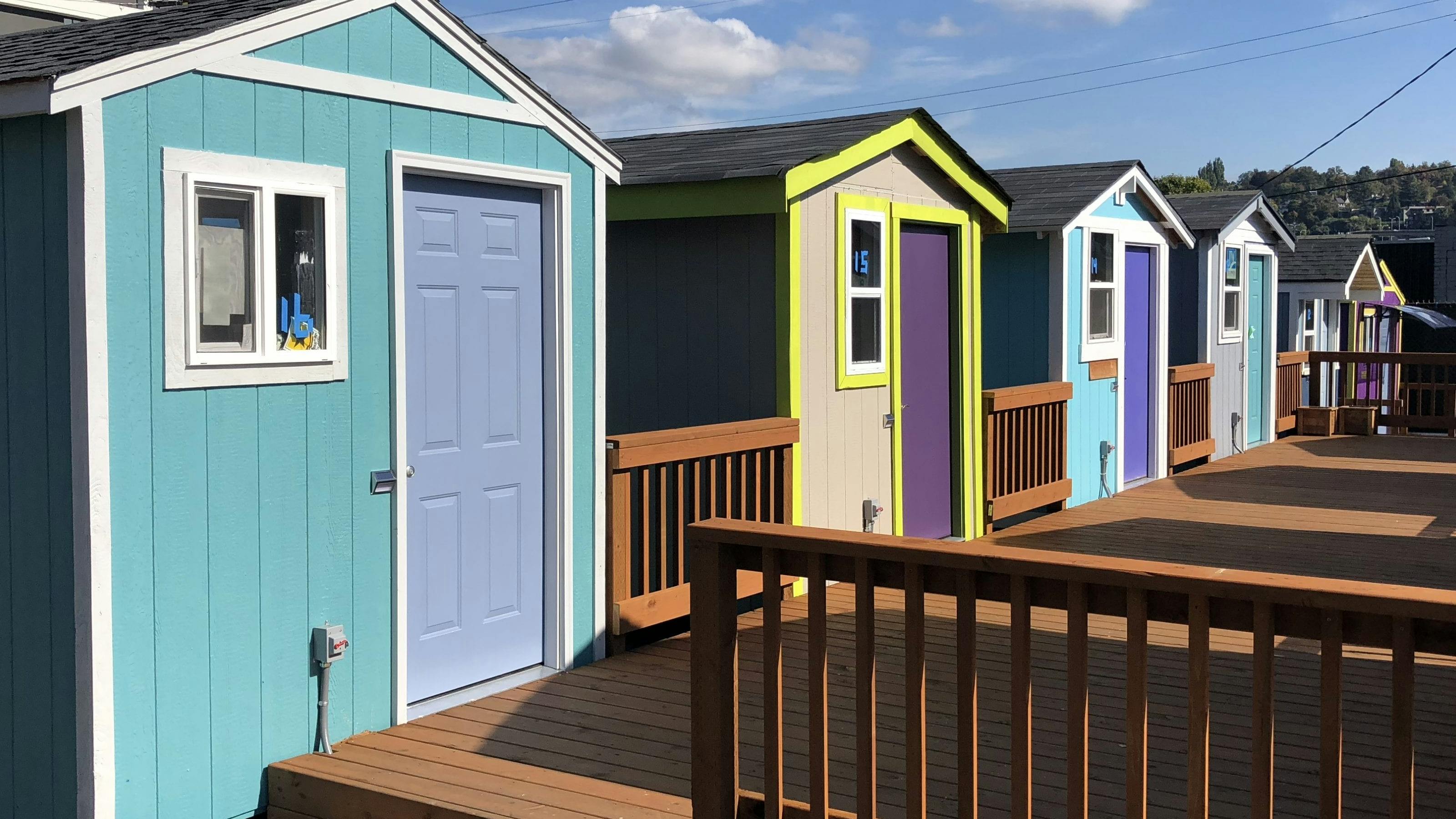FAQs
- Case management: Assistance from a trained professional to help individuals navigate systems, access resources, set goals, and develop plans to address their needs.
- Mental health counseling: Counseling services provided by licensed therapists or counselors to address mental health concerns such as depression, anxiety, trauma, or substance abuse issues.
- Substance abuse treatment: Programs and services designed to help individuals overcome addiction to drugs or alcohol, including detoxification, counseling, support groups, and medication-assisted treatment.
- Healthcare services: Access to medical care, including preventive services, primary care, specialty care, and treatment for chronic conditions.
- Employment assistance: Support with job search, resume building, skill development, vocational training, and job placement services to help individuals secure employment and achieve financial stability.
- Education and training: Programs that offer opportunities for individuals to obtain education and training to improve their skills, increase their employability, and pursue career advancement.
- Housing assistance: Services to help individuals secure safe and stable housing, including rental assistance, supportive housing programs, and housing navigation assistance.
- Financial counseling: Guidance on budgeting, money management, debt reduction, credit repair, and accessing financial resources and benefits.
- Legal assistance: Access to legal services and support for addressing legal issues such as eviction prevention, access to public benefits, expungement of criminal records, and immigration matters.
- Social support: Peer support groups, community activities, and social connections to help individuals build relationships, increase social support networks, and combat isolation and loneliness.
- Stabilization: Many individuals experiencing homelessness face significant challenges that may hinder their ability to secure and maintain stable housing. Supportive services provide essential assistance in addressing immediate needs and stabilizing individuals in temporary housing, creating a foundation for long-term stability.
- Addressing barriers: Supportive services help individuals overcome barriers to housing and self-sufficiency, such as mental health issues, substance abuse, lack of employment, and limited access to healthcare. By addressing these barriers, individuals can move toward independence and permanent housing.
- Connecting to resources: Temporary housing provides an opportunity to connect individuals with a range of resources and services that can address their needs comprehensively. Supportive services help individuals access healthcare, mental health counseling, substance abuse treatment, employment assistance, education, and other vital resources.
- Promoting dignity and well-being: Supportive services in temporary housing aim to promote dignity and well-being by providing individuals with the support they need to address their physical, emotional, and social needs. This includes access to basic necessities, healthcare services, social connections, and opportunities for personal growth and development.
- Preventing homelessness recurrence: Temporary housing coupled with supportive services can help prevent individuals from returning to homelessness by addressing the root causes of their housing instability and providing the necessary support to maintain stable housing.
- Government grants: Federal, state, and local governments often allocate funding to support programs and initiatives aimed at addressing homelessness and providing supportive services. These grants may come from various government agencies responsible for housing, healthcare, social services, and mental health.
- Nonprofit organizations: Many nonprofit organizations operate programs that provide supportive services to individuals experiencing homelessness. These organizations may receive funding from government grants, private donations, philanthropic organizations, and fundraising efforts.
- Community organizations: Local community organizations, such as religious institutions, community centers, and grassroots initiatives, may offer supportive services to individuals experiencing homelessness. These organizations often rely on volunteer efforts, donations, and community support to fund their programs.
- Public-private partnerships: Collaborations between government agencies, nonprofit organizations, and private sector entities can pool resources and funding to support supportive services in temporary housing. These partnerships may involve joint funding initiatives, shared service delivery models, and coordinated efforts to address homelessness at the community level.
- Philanthropic contributions: Foundations, philanthropic organizations, and corporate donors may provide financial support for programs that offer supportive services to individuals experiencing homelessness. These contributions can help fund essential services such as housing assistance, case management, healthcare, and employment training.
- Medicaid and other insurance programs: Some supportive services, particularly those related to healthcare and mental health treatment, may be covered by Medicaid or other health insurance programs. Individuals experiencing homelessness who are eligible for these programs can access supportive services through their insurance coverage.
What about Supportive Services?
Supportive Services
For individuals experiencing homelessness, Interim Housing, as proposed, serves as a temporary solution to bridge the gap toward long-term housing solutions. It provides a stable, private, and dignified environment while connecting residents to essential resources and support services. The Interim Housing Workgroup emphasized the importance of support services, as they are integral to the success of these sites, facilitating stabilization and providing necessary services to residents.
What are supportive services?
Supportive services are a range of resources and assistance provided to individuals to help them address various challenges they may face and to support their overall well-being. These services are often tailored to meet the specific needs of individuals and can vary depending on factors such as age, health status, housing situation, and personal circumstances.
Examples of supportive services include:
These supportive services are often provided in collaboration with community organizations, government agencies, healthcare providers, and social service providers to address the complex needs of individuals and promote their overall stability and well-being.
Why do we incorporate supportive services?
Supportive services are crucial in temporary housing for several reasons:
Overall, supportive services in temporary housing play a crucial role in assisting individuals experiencing homelessness in overcoming challenges, achieving stability, and ultimately transitioning to permanent housing and self-sufficiency.
How are Supportive Services paid for?
Supportive services in temporary housing are typically funded through a combination of public and private sources, including:
Overall, the funding for supportive services in temporary housing comes from a variety of sources, reflecting the collaborative efforts of government agencies, nonprofit organizations, community groups, and private sector stakeholders to address homelessness and support individuals in need.

